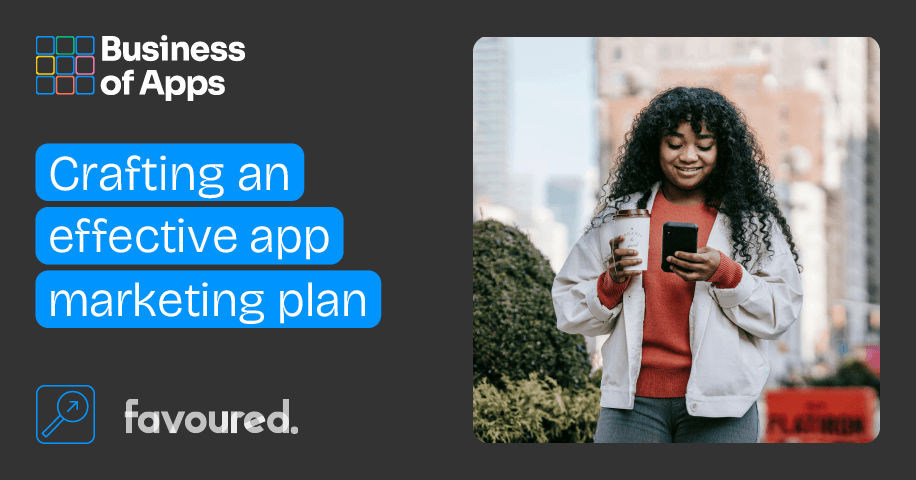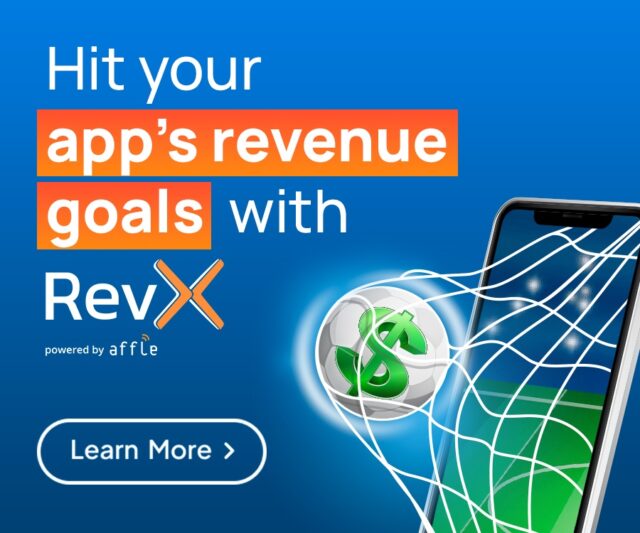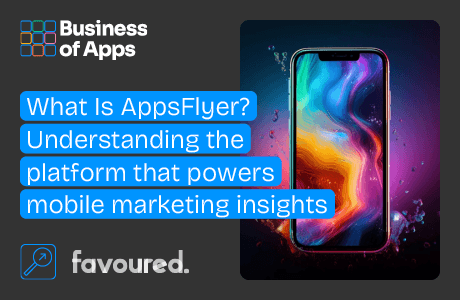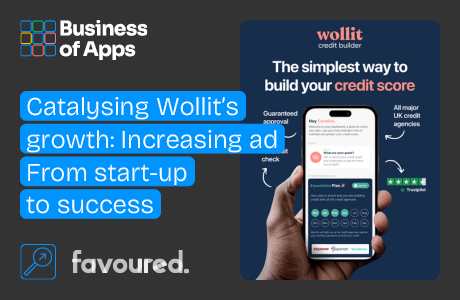To master the 2024 mobile market, you’ll need a step-by-step app marketing plan that boosts visibility and sustains user engagement. Whether you’re launching a new app or looking to improve an existing one, understanding how to navigate the complexities of App Store Optimisation (ASO), content marketing, and user retention is crucial.
With the right strategies in place, you can ensure your app stands out in a crowded marketplace and keeps mobile app users coming back for more.
This post was first published on favoured.co.uk.
Identifying your target audience through user personas
Understanding your target market starts with identifying their pain points. Creating detailed user personas can illuminate what your potential users need and how your app can fulfil those needs. This involves looking at demographic information, interests, behaviour patterns, and more. It’s about getting into the minds of your future users, predicting their expectations, and tailoring your marketing messages and app features to meet those expectations.
Competitor analysis: Learning from others in the space
Knowing your competitors is as crucial as understanding your audience. Analysing the monetisation models, app store rankings, and marketing strategies of competing apps provides valuable insights. You can learn what works and what doesn’t, identifying opportunities to differentiate your app. This doesn’t mean copying what others are doing but rather finding gaps in their strategies that your app can fill.
Setting clear objectives and tracking performance metrics
Setting clear goals and tracking the right metrics is fundamental to understanding your marketing strategy’s effectiveness. Keeping an eye on daily active users, churn rate, session length, and other key performance indicators is part of an ongoing process. These metrics offer insights into how well your app retains users, how engaging your app is, and where there’s room for improvement.
By focusing on what works and adjusting your strategies accordingly, you’re more likely to see a significant increase in app downloads and user engagement.
Enhancing discoverability through App Store Optimisation (ASO)
With over 5 million apps vying for attention, a focused strategy on ASO can elevate your app’s ranking, making it easier for users to find your app. App Store Optimisation (ASO) involves refining your app’s title, keywords, and visual elements to improve its visibility. Keywords play a pivotal role in ASO, helping app stores match your app with user searches.
Carefully selecting the right keywords for your app’s title and description can dramatically increase its discoverability. Similarly, visual elements like icons, screenshots, and videos can make your listing more appealing, encouraging potential users to learn more about your app.
Utilising paid ads for targeted reach
Even with your best efforts to grow organically, paid ads are essential to maximise your app’s exposure. The beauty of online advertising is its cost-effectiveness and the advanced targeting tools at your disposal. This means you can ensure your budget is spent on reaching the most relevant potential customers.
A balanced mix of ad types across various platforms, including in-app ads, social ads, and Google Ads, can significantly promote your app. Each platform offers unique benefits, from the wide user base on social media to the intent-driven audience on Google Ads, making them invaluable for a comprehensive app marketing strategy.
The impact of influencer marketing in app promotion
Influencer marketing has become a key player in app promotion, offering a unique way to reach potential users relevant to your industry. By tapping into influencers who hold sway in your app’s niche, you can leverage their credibility and audience trust to promote your app. Finding the right influencers is crucial for a successful campaign to promote your app.
Look for influencers who align with your app’s values and have an engaged audience that matches your target user profile. The authenticity of the influencer’s content can significantly impact how their audience perceives your app, making it important to choose partners who genuinely resonate with your brand.
A/B testing: Fine-tuning for optimal performance
A/B testing is a critical tool for optimising your app’s user experience and engagement strategies. By testing different versions of your marketing campaigns you can identify what works best for your target audience. This data-driven approach allows for informed decisions that enhance user satisfaction and app performance, leading to higher retention rates.
Implementing A/B testing requires a structured approach, where changes are methodically tested and analysed for their impact on user behaviour.
Referral programs and user incentives
Leveraging the power of loyal users through referral programs can significantly amplify your app’s growth. By incentivising both existing users and new sign-ups, you create a win-win scenario that encourages sharing and enhances customer loyalty. This strategy capitalises on the trust and credibility established with your user base, turning satisfied users into active promoters of your app.
With careful implementation and attractive incentives, referral programs can become a powerful channel for organic growth and marketing efficiency.
Crafting your unique app marketing plan: A strategy for success
Every app’s journey to success starts with a unique marketing plan tailored to its specific goals and target audience. It’s about striking the perfect balance between building brand awareness, engaging target users, and converting them into loyal customers.
Your plan should encompass a variety of strategies, from ASO to paid ads, all meticulously designed to promote your mobile app effectively.
Remember, a well-crafted marketing plan is dynamic, allowing room for flexibility and growth in response to market trends and user feedback.












